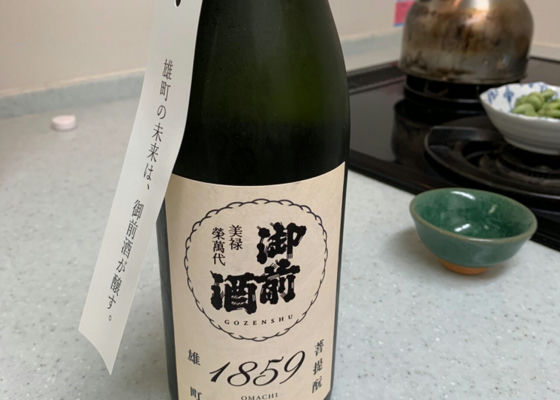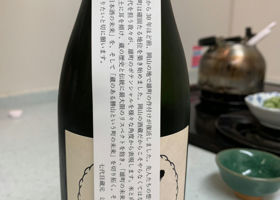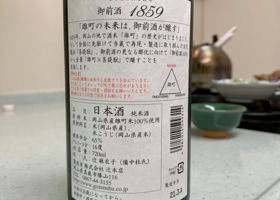


susan
First, cold sake
Cedar barrels and Japanese cypress. The aroma of a mountain slope just after deforestation.
Drink it. It has a fresh sweetness. It has a gentle and nostalgic sweetness like Bonton candy. A little spiciness. Silky. When you swallow it, the tenderness rises.
Next, 45℃.
The cedar aroma becomes more and more prominent. I feel spicy like turmeric at the back.
Drink. Gentle. Fullness fills the nostrils. Next, the bitterness is quite strong. When swallowed, the strong bitterness lingers under the tongue. It's neither light nor rich, neither dry nor sweet, but a strange sensation. It's rare to find a sake that can be heated up to this level.
Next, 55°C.
Dark cedar aroma. A chest of drawers in a dusty barn.
Drink it. Rice. Slightly acidic. It is full and dense, with a strong astringency. It is like chewing on a cedar stick.
After swallowing, bitterness and a little astringency remain.
Finally, the temperature is 65℃.
The chest of drawers in the barn is covered with dust.
Drink it. The aroma of grilled straw and richness. But it disappears soon. When you swallow it, deep, deep rice flavor.
There are so many things to tell that 500 words are not enough. Why does the temperature change so much? The aroma of dust and wardrobe is the first time I experienced it. It may be a good and nostalgic element, but the off-flavors are a bit disturbing for me
I'm very confused, but I don't think I'll be repeating this. But Bodhidharma, will I try another bottle?
Japanese>English
susan
The scent of the dusty barn wardrobe turned out to be the boar's mouth. It was the smell emanating from the base of a recently acquired boar's mouth.
Japanese>English